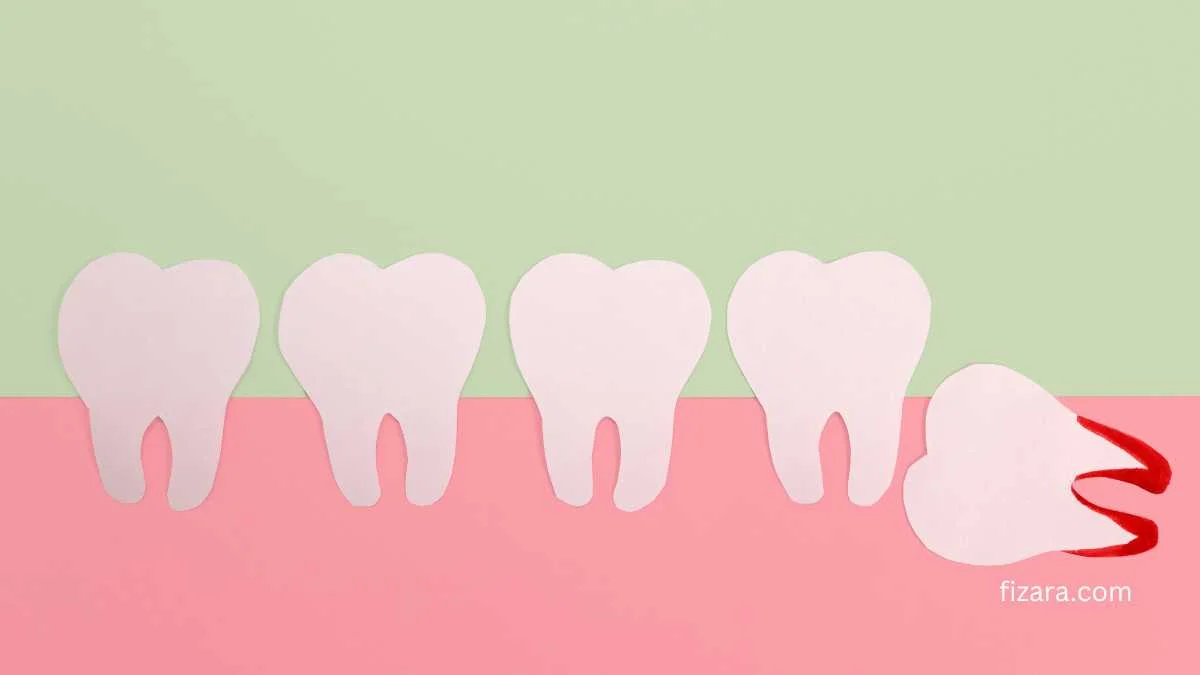One painful possible complication that can result after wisdom tooth extraction is dry socket. The article will address the causes of dry sockets and provide four major tips to prevent them.
What is a Dry Socket?
Dry socket occurs when the blood clot covering the site of extraction is moved, leaving the teeth exposed, which could lead to severe pain that can spread from the teeth to other parts of the body.
Causes of Dry Socket
These are the risk factors that may predispose a patient to developing dry socket after a tooth has been removed. Tobacco use can decrease blood circulation and blood supply, which hinders the chances of healing enormously. Poor dental hygiene increases the risk of bacteria falling on the extraction socket and then upsetting the clot, resulting in dry socket and slow healing. Drinking through a straw is also said to expose the capillary to a suction pressure that may displace the blood clot. Other risk factors include the influence of birth control, as this has a high concentration of estrogen and may also hinder the healing process.
Four Tips for Preventing Dry Sockets
Dry sockets can be prevented by following healthy practices such as:
1. Avoid smoking
Smoking patients are at higher risk of dry sockets than non-smokers because if they inhale forcefully, blood clots can dislodge. Sometimes nicotine patches can help, but if it’s too difficult to stop, tell your doctor immediately.
2. Use Reputable Dental Practices
Make sure you always use reputable dental practices like Sutton Dentist . Their treatment can drastically reduce the chances of dry sockets.
3. Proper Oral Hygiene
Bacterial contamination and Dry sockets can be avoided if practices such as brushing and flossing to remove food particles are taken very seriously.
4. Soft Food
Stick to soft foods for the first few days. Chewy or crunchy foods can easily dissolve blood clots.
Final Thoughts
One of the most painful conditions after wisdom tooth extraction is dry socket, also known as alveolar osteitis, which occurs when the blood clot in the extraction site has moved, exposing the nerves and bones, leading to sharp and continuous pain. Taking precautions such as quitting smoking, maintaining good oral hygiene, seeking quality dental care, and consuming soft foods in the early stage can prevent chances of developing dry socket.
The following are considered to be the risk factors that put a patient in a vulnerable position in which they are likely to suffer from dry socket after tooth extraction. Tobacco use can decrease blood circulation, and poor blood supply hinders the chances of healing enormously. Poor dental hygiene increases the risk of bacteria falling on the extraction socket and then upsetting the clot, resulting in dry socket and slow healing. Drinking through a straw is also said to expose the capillary to a suction pressure that may displace the blood clot. Other risk factors include the influence of birth control, as this has a high concentration of estrogen and may also hinder the healing process.









